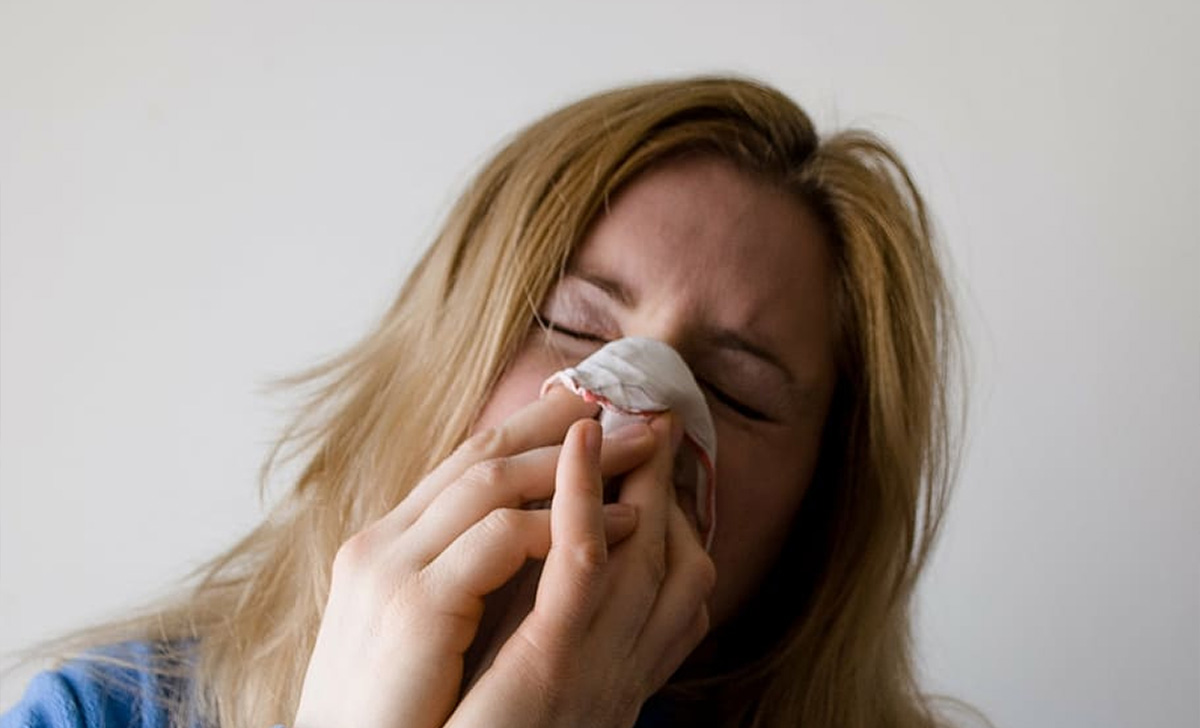The warm season is not far off. Those who suffer from pollen allergy would do better to prepare to be outdoors more: a joy that hides some pitfalls. According to an estimate by the Ministry of Health, the Italians interested in the problem represent a fair share of the population, around 15-20%.
The pollen of flowers and plants is recognized as an enemy of the organism of allergy sufferers, triggering an annoying reaction. Seasonal colds, asthma, excessive tearing and difficulty breathing – these are the first symptoms.
Common disorders which, for those who have never done the necessary checks, can indicate more serious chronic diseases. Asthma, in particular, can occur when the allergic condition affects the lower airways, i.e. the trachea, bronchi and lungs. The spread of plants is not the same throughout the national territory, therefore, depending on the area of residence, the appearance of the allergy can be triggered more or less early.
To get an idea it is advisable to consult the calendar and, first of all, to identify the prevalent allergen. In fact, a person may be allergic to more than one type of pollen. To know how to do it, just carry out a simple prick test or a blood sample.
The first method brings one or more allergens into contact with the patient’s forearm skin. This is then tipped with a disposable lancet. If the skin becomes red, swollen, or itchy, the diagnosis will confirm the allergy.
Colds, asthma, excessive tearing and breathing difficulties could be signs of this common pathology and it would be advisable to do the tests immediately.
The critical periods of the year are mainly four and coincide with the seasons of the year. Towards the end of the cold months, birch, hazelnut, hornbeam, cypress and olive trees begin to bloom.
From April onwards, the main threats are grasses, mugwort, composites, and trees such as poplar, plane and lime. From June the parietary nettle arrives, while from the end of August the ragweed.
Finally, in autumn, ragweed remains the most intrusive but there is also a possible second flowering of grasses and alternaria mold of decaying leaves.
November, December and January are usually fairly quiet months.
There are useful remedies offered by medicine, always in consultation with your doctor. One or two months before the flowering of the offending plant, one can in fact undergo the so-called vaccine or specific immunotherapy.
This allows you to inject under the skin the substance to which you are allergic and gradually induce a tolerance towards it. Then there are antihistamine or anti-asthma drugs, to always be taken exclusively after medical consultation.
